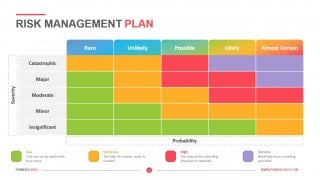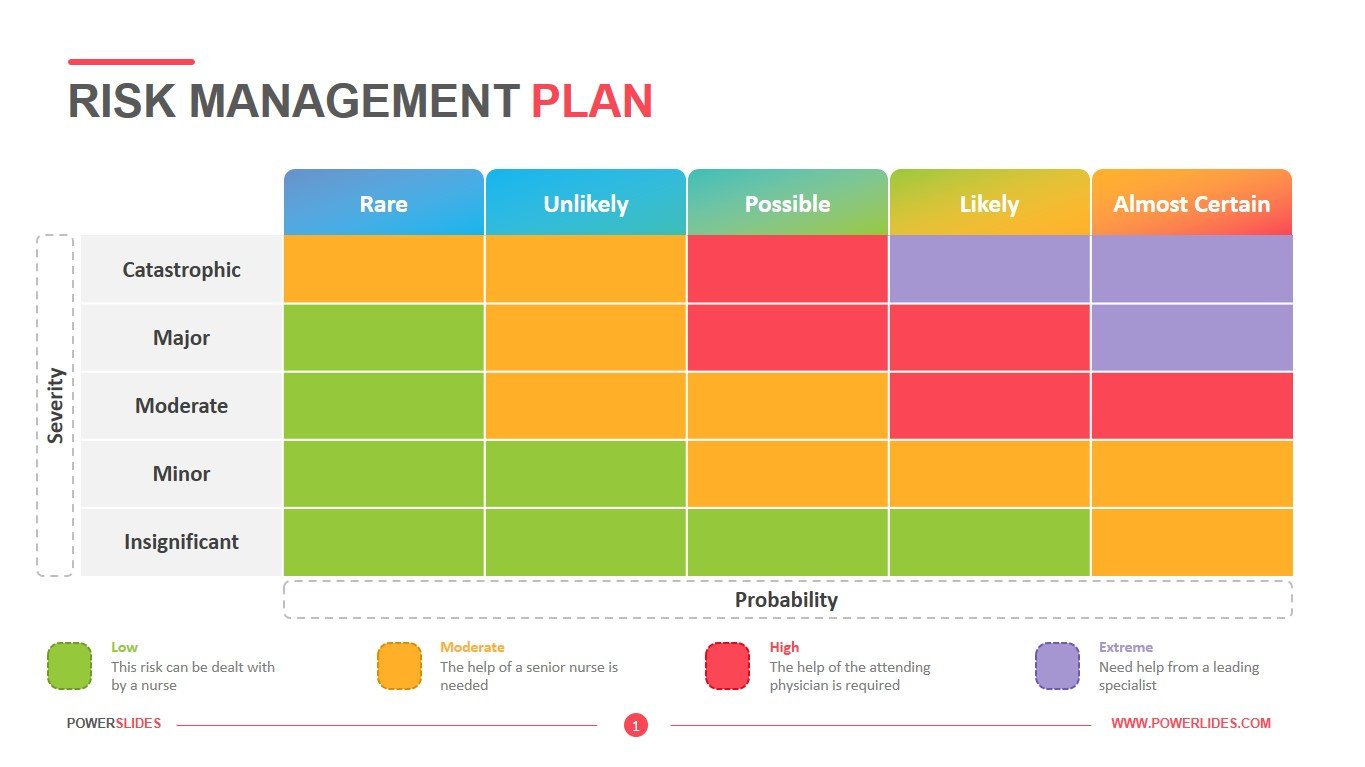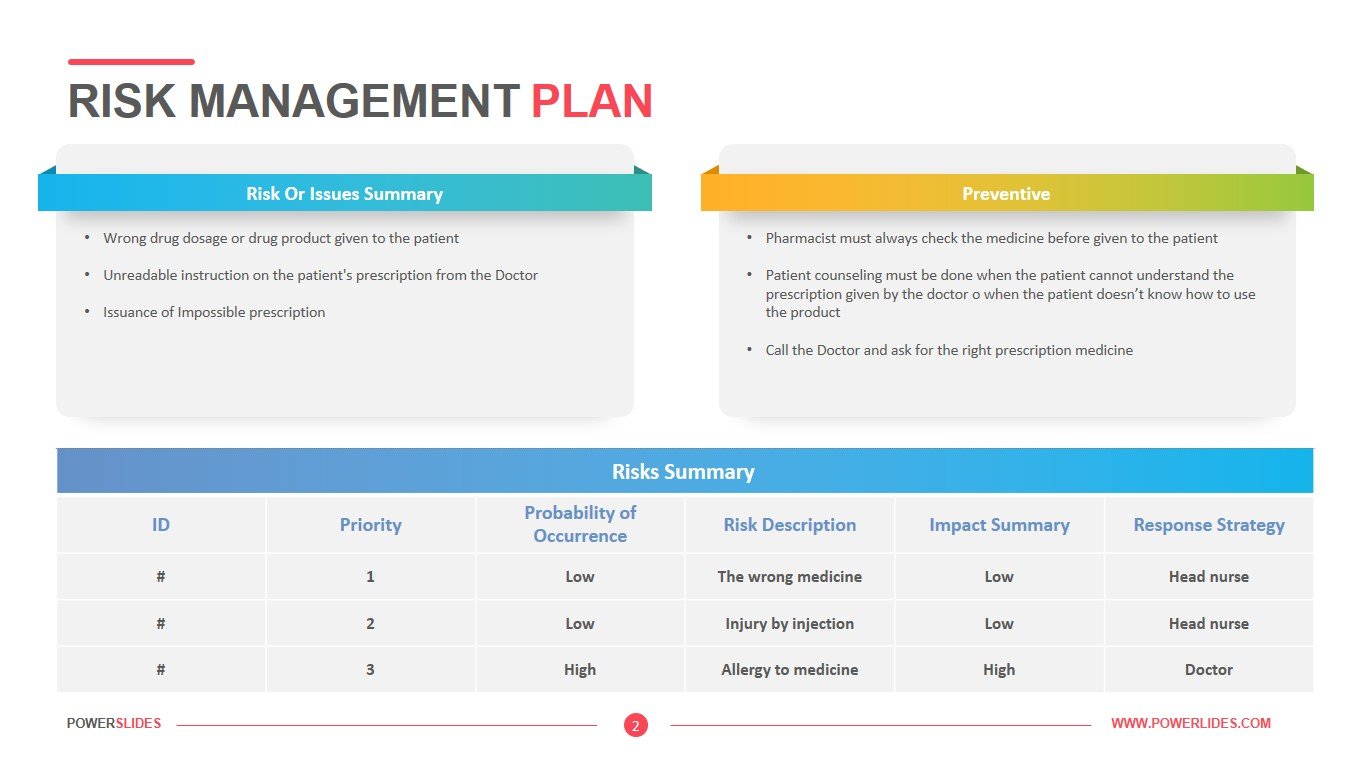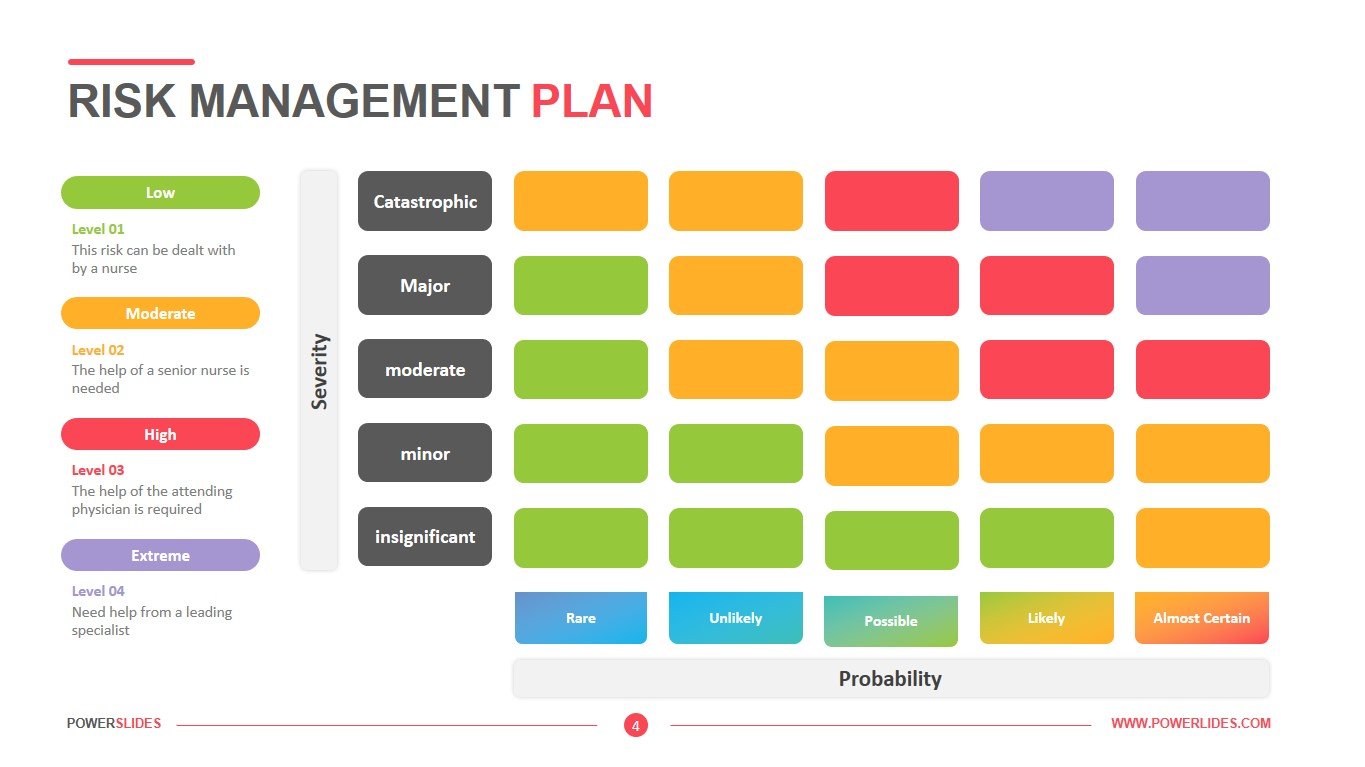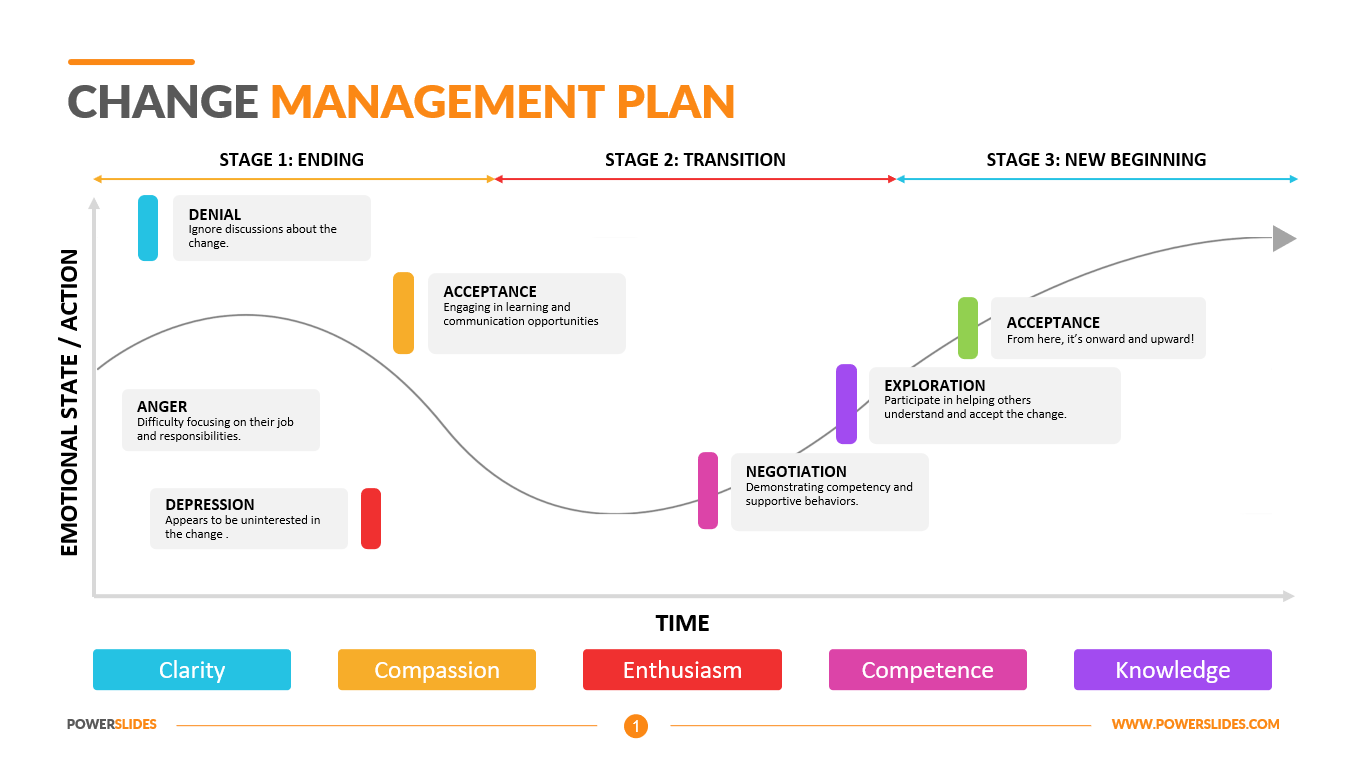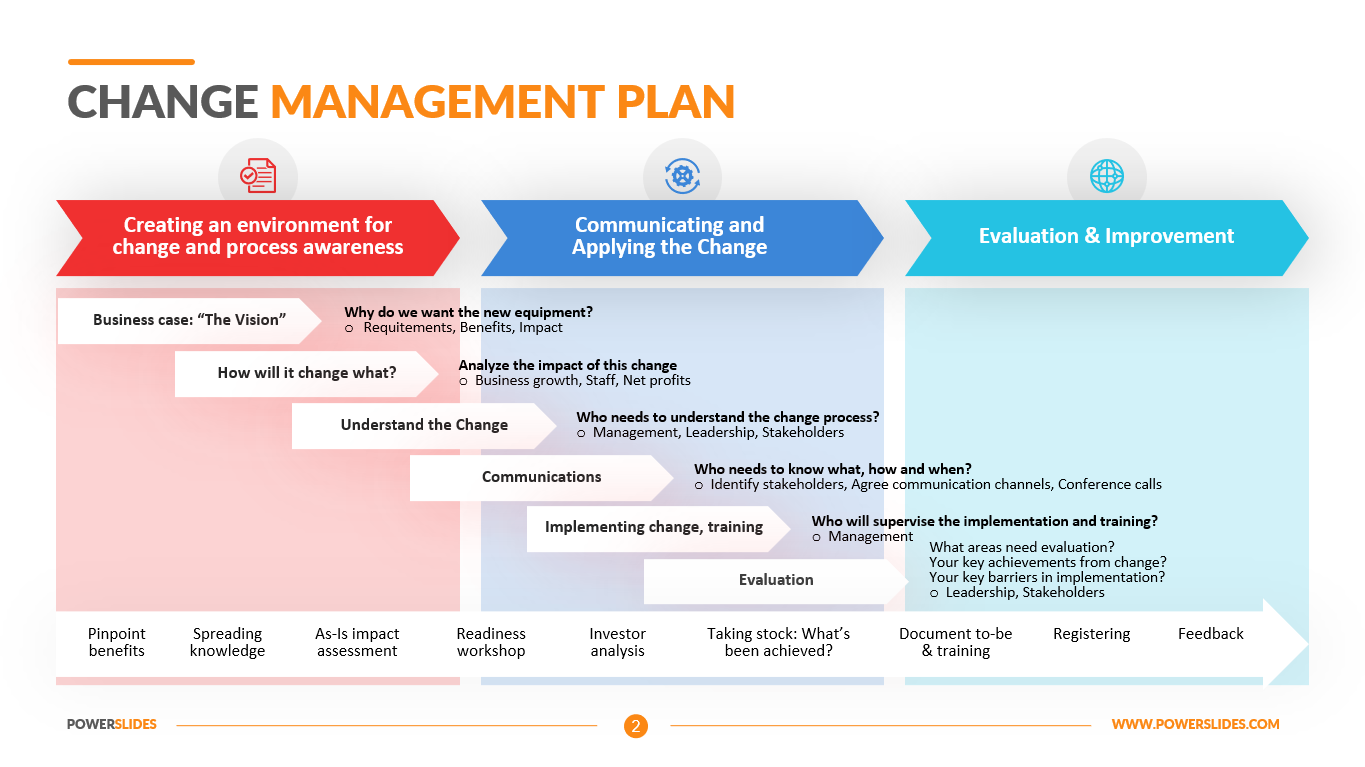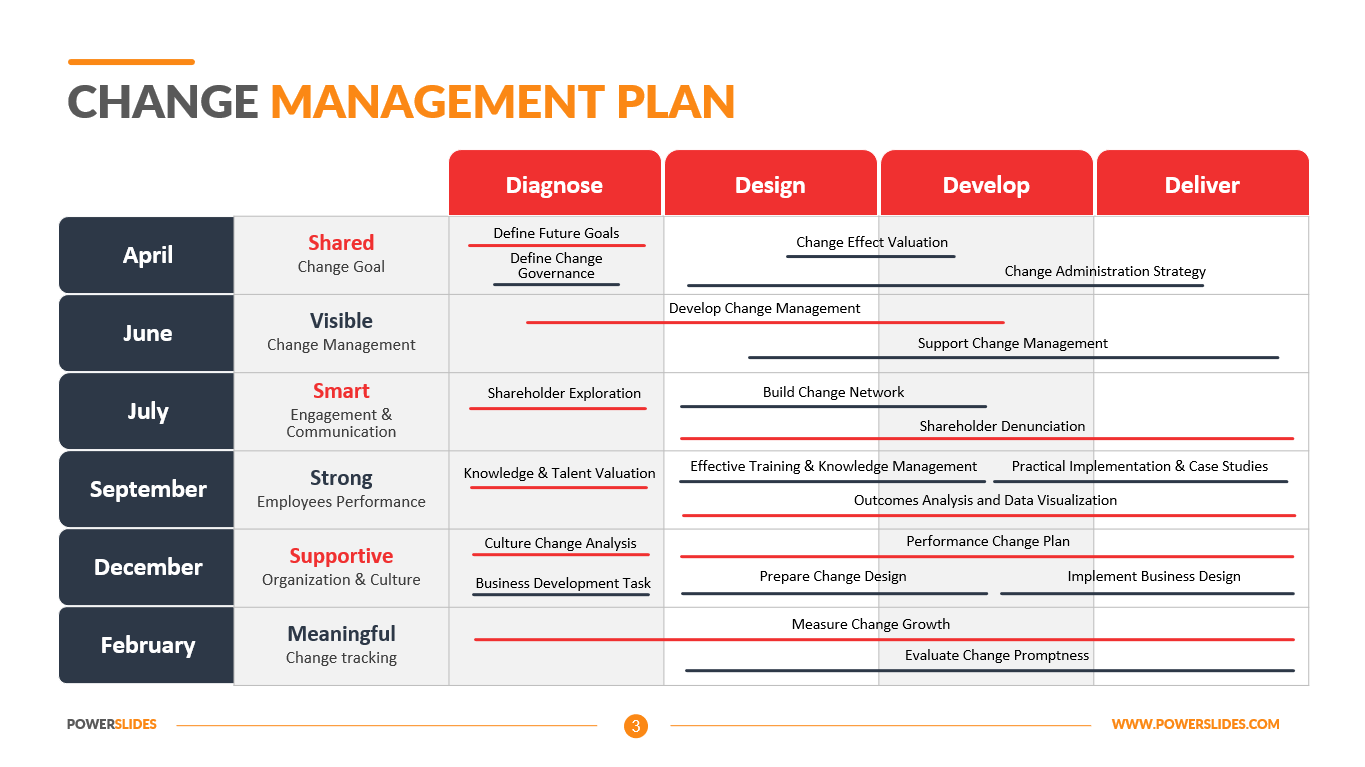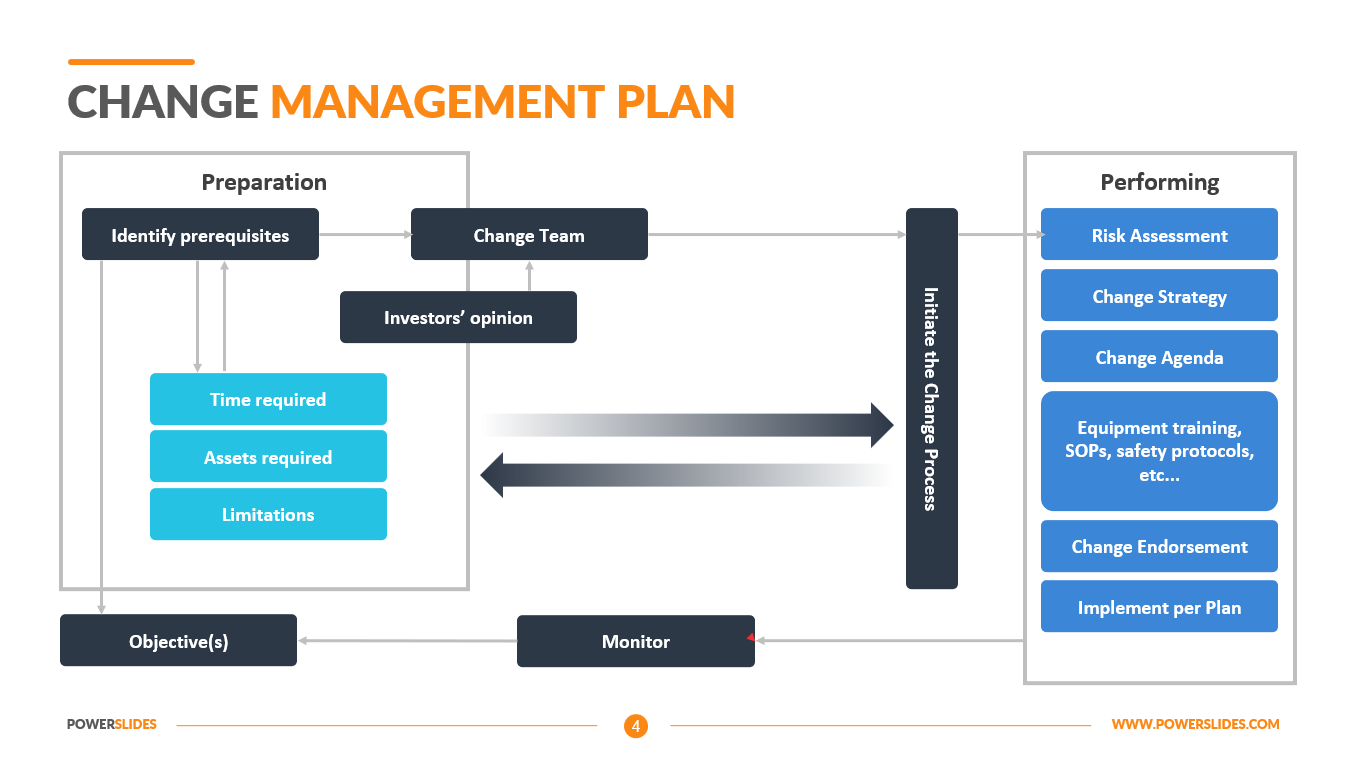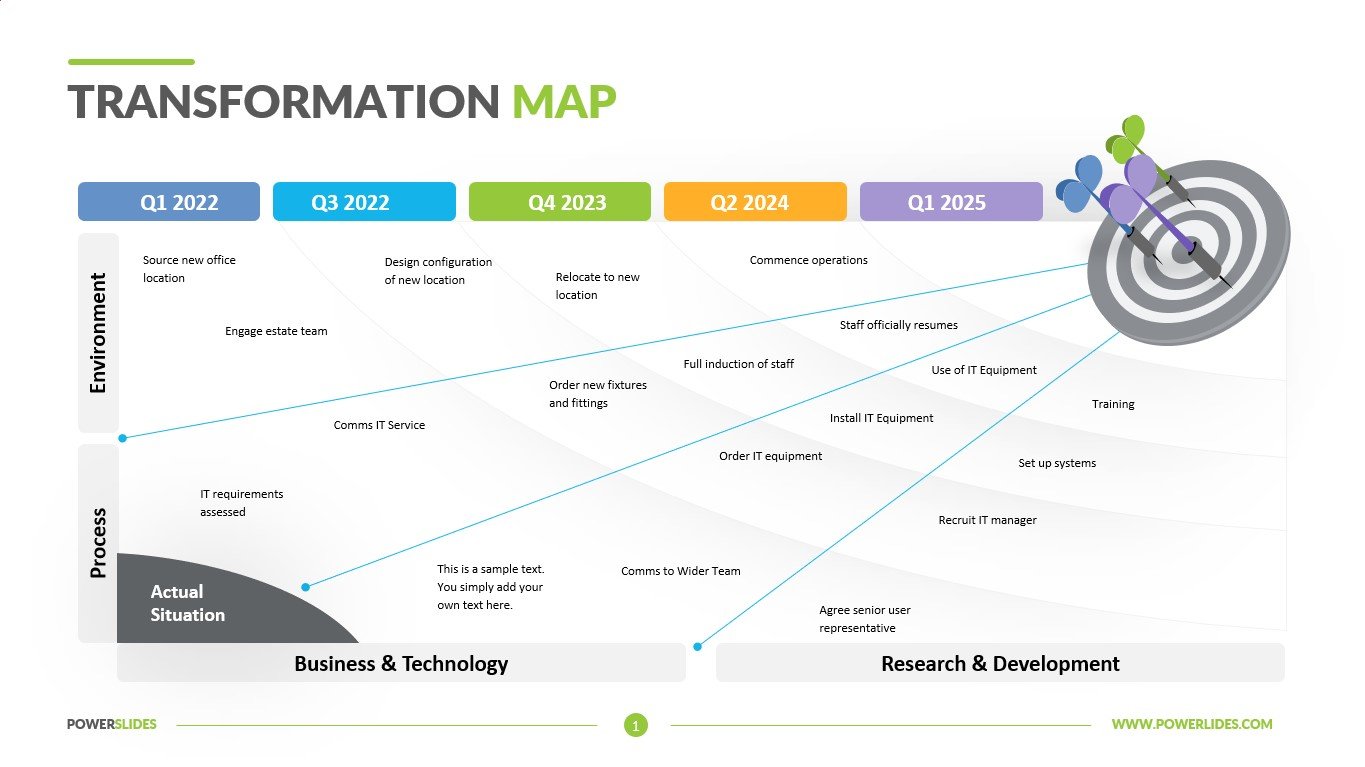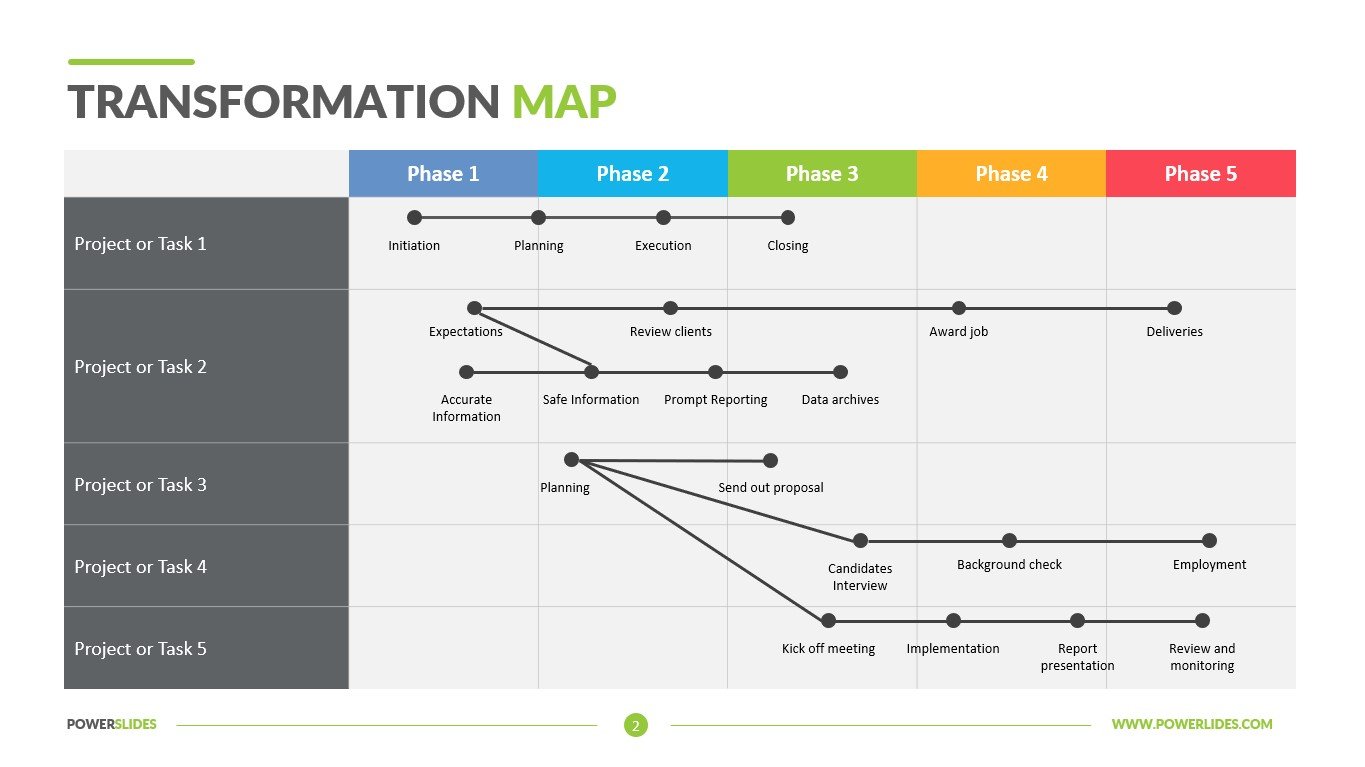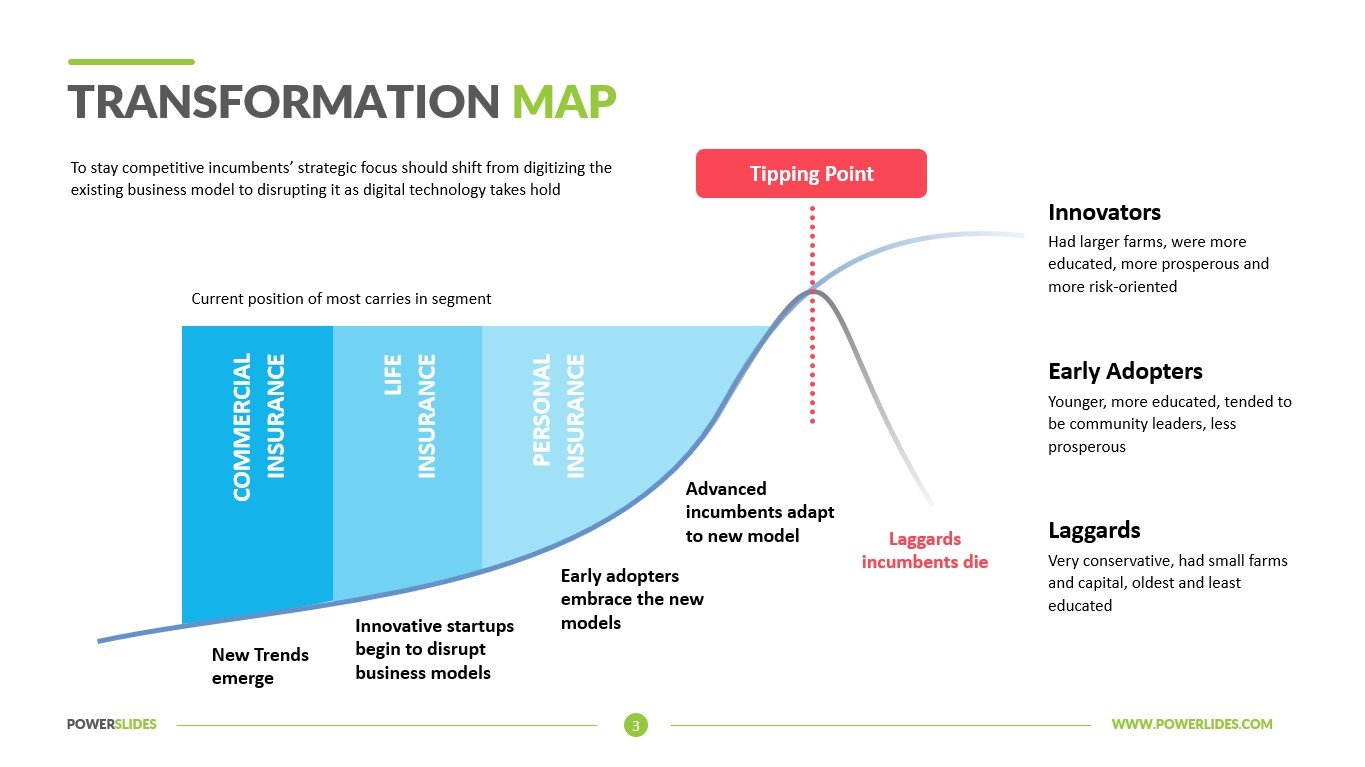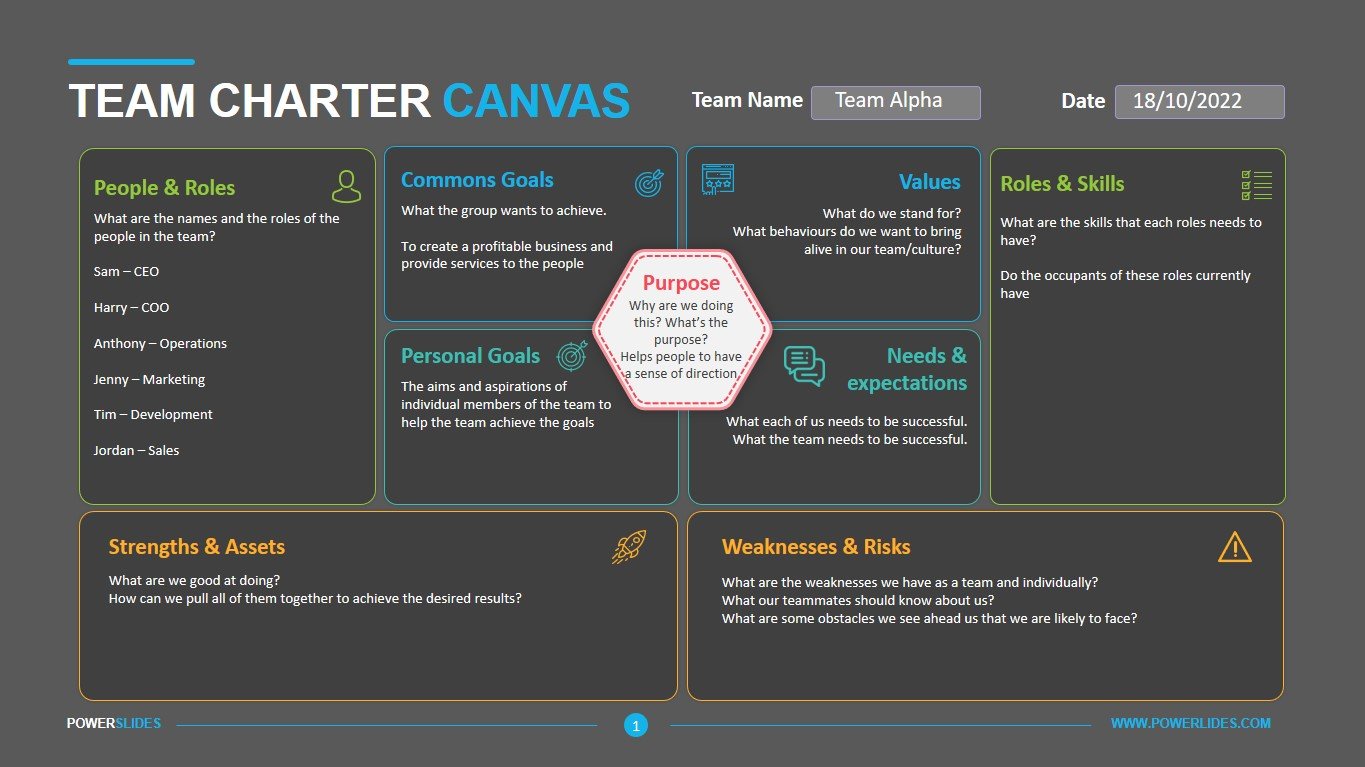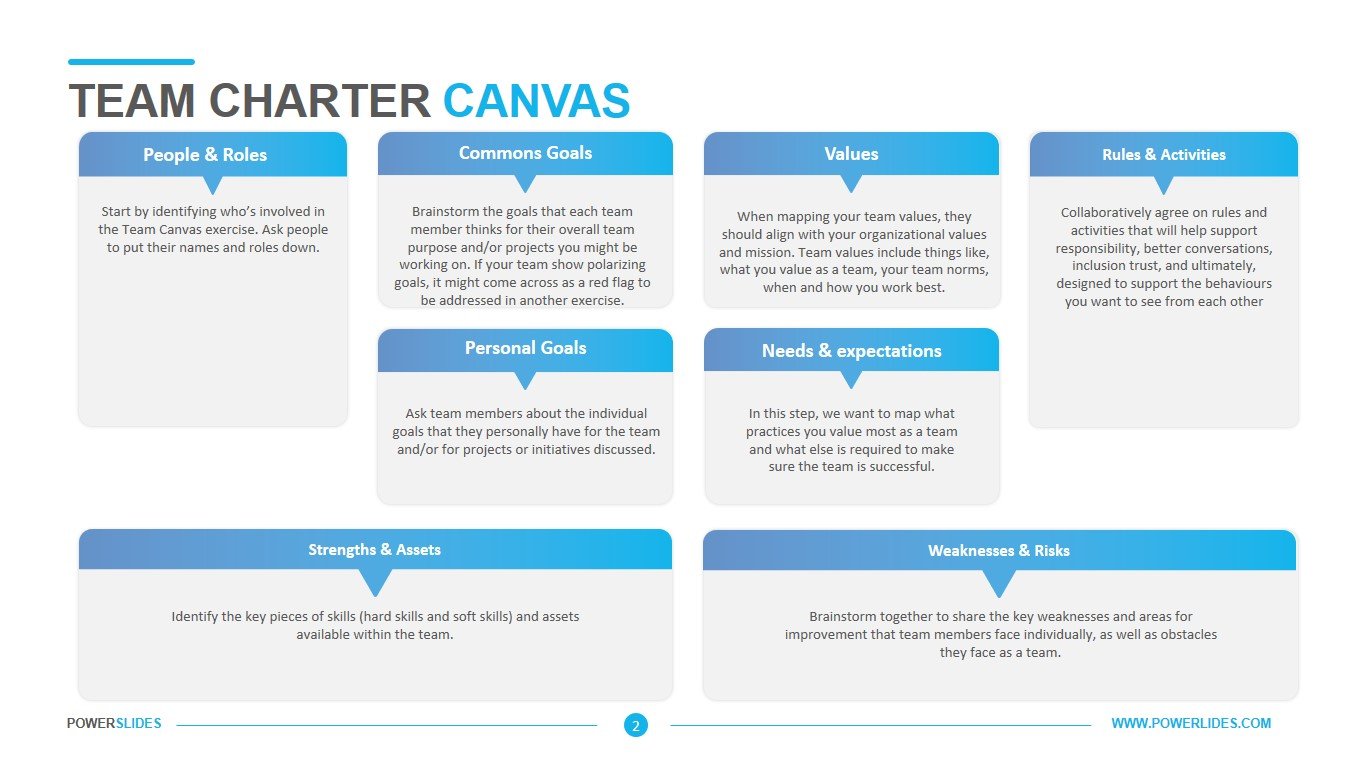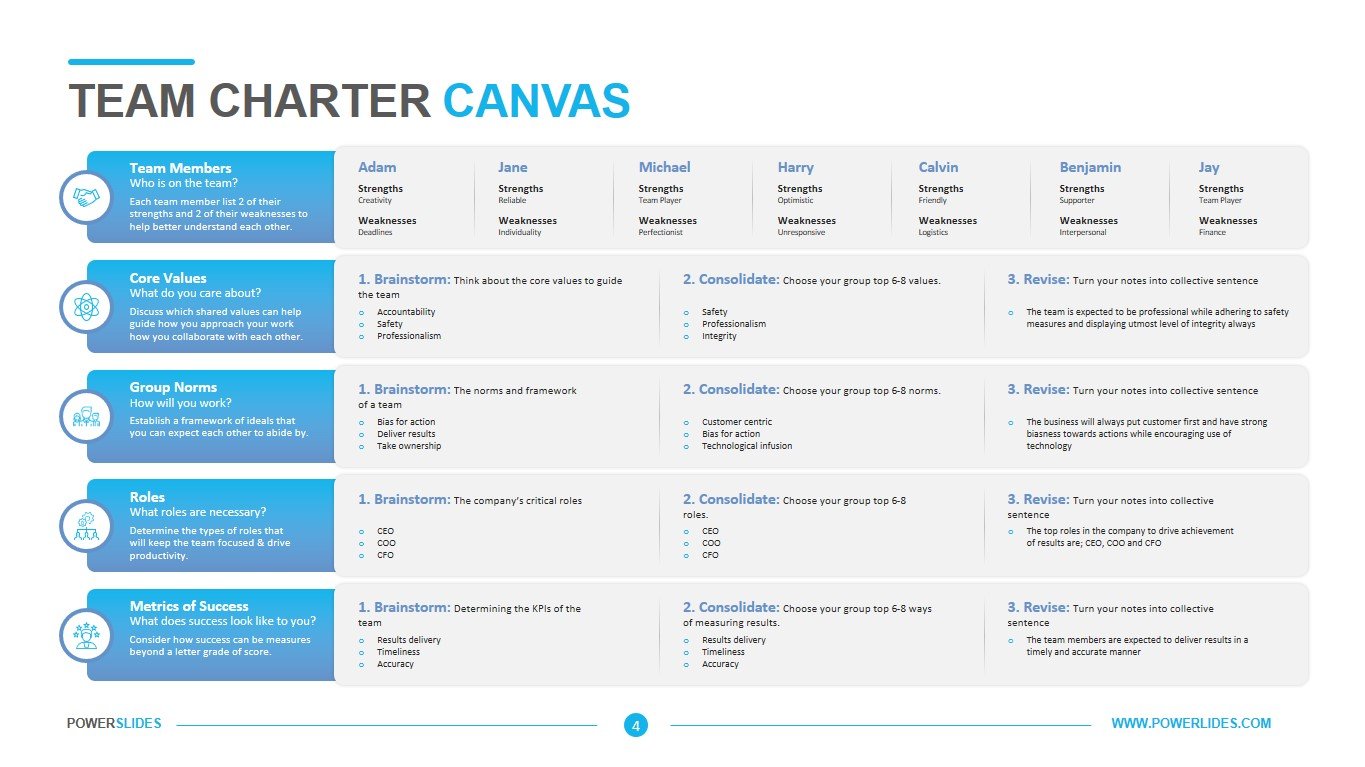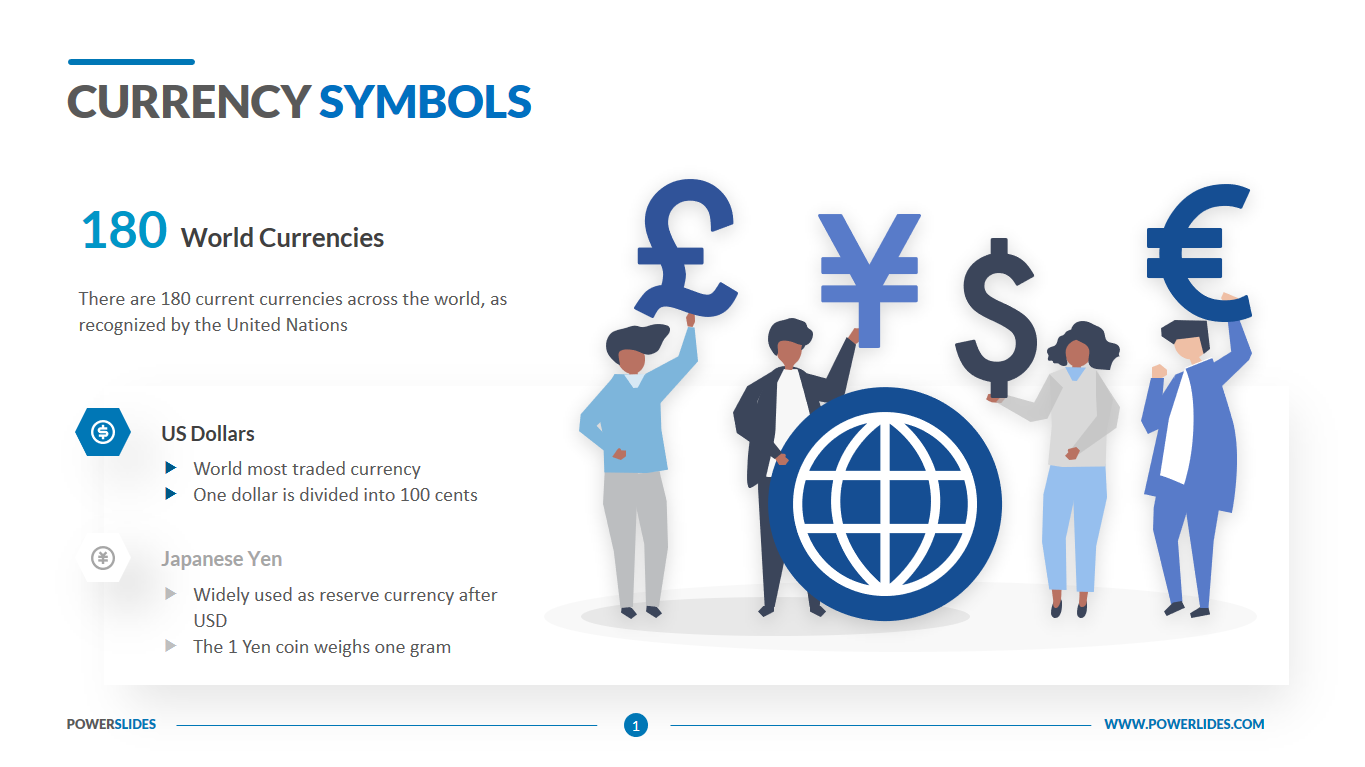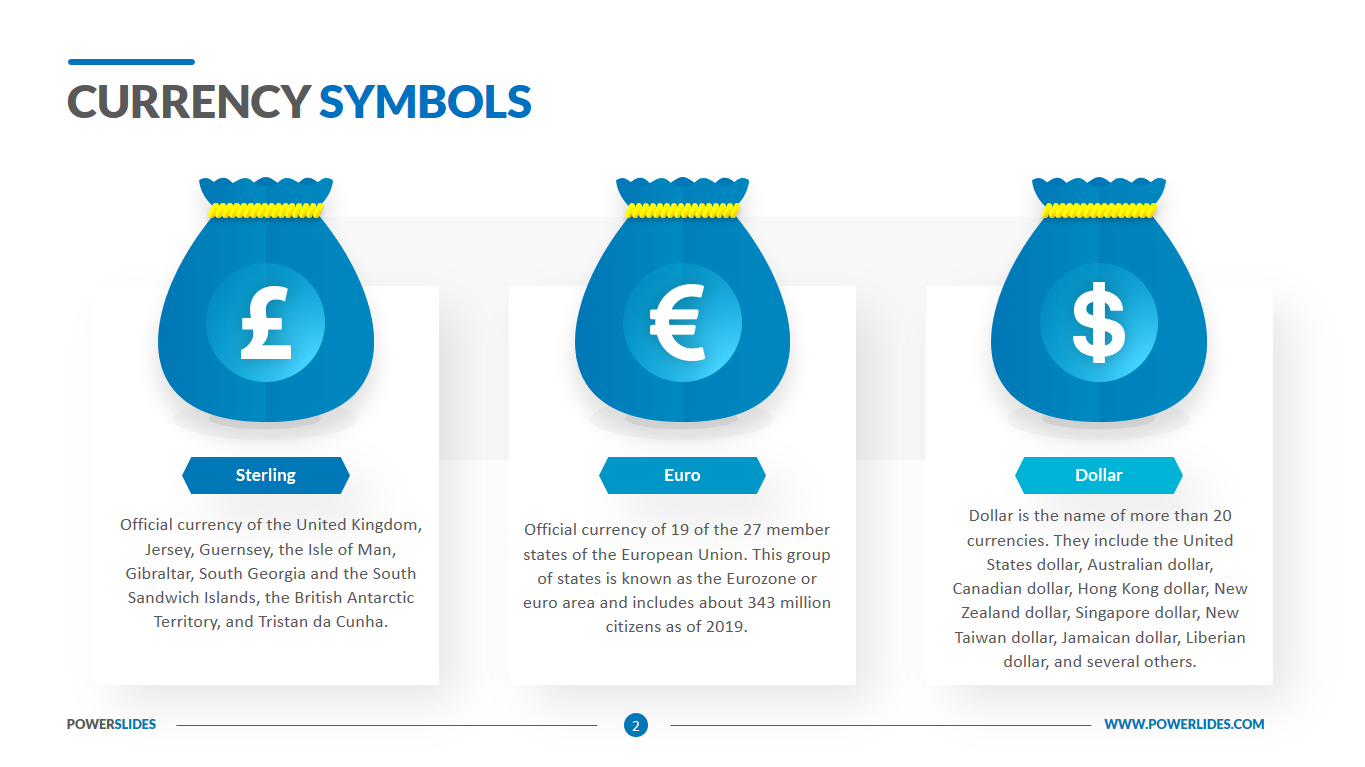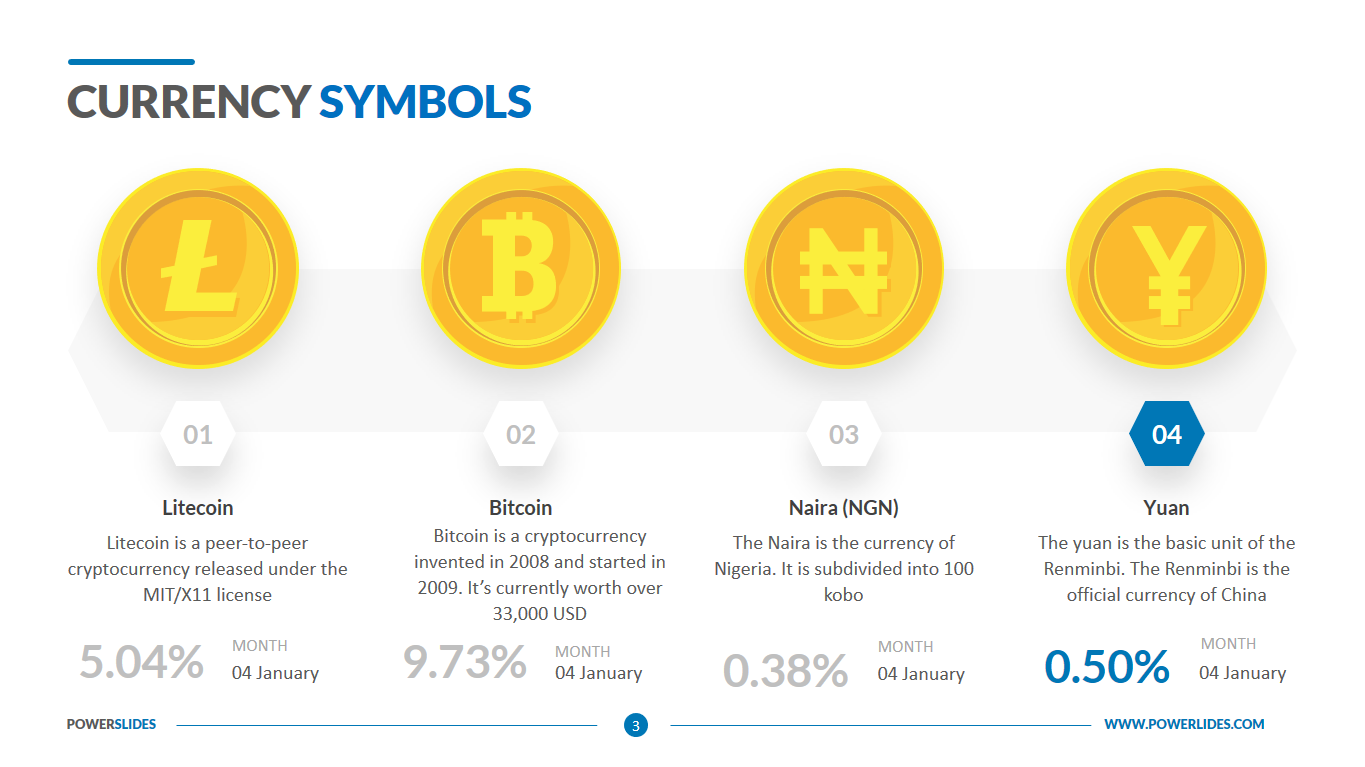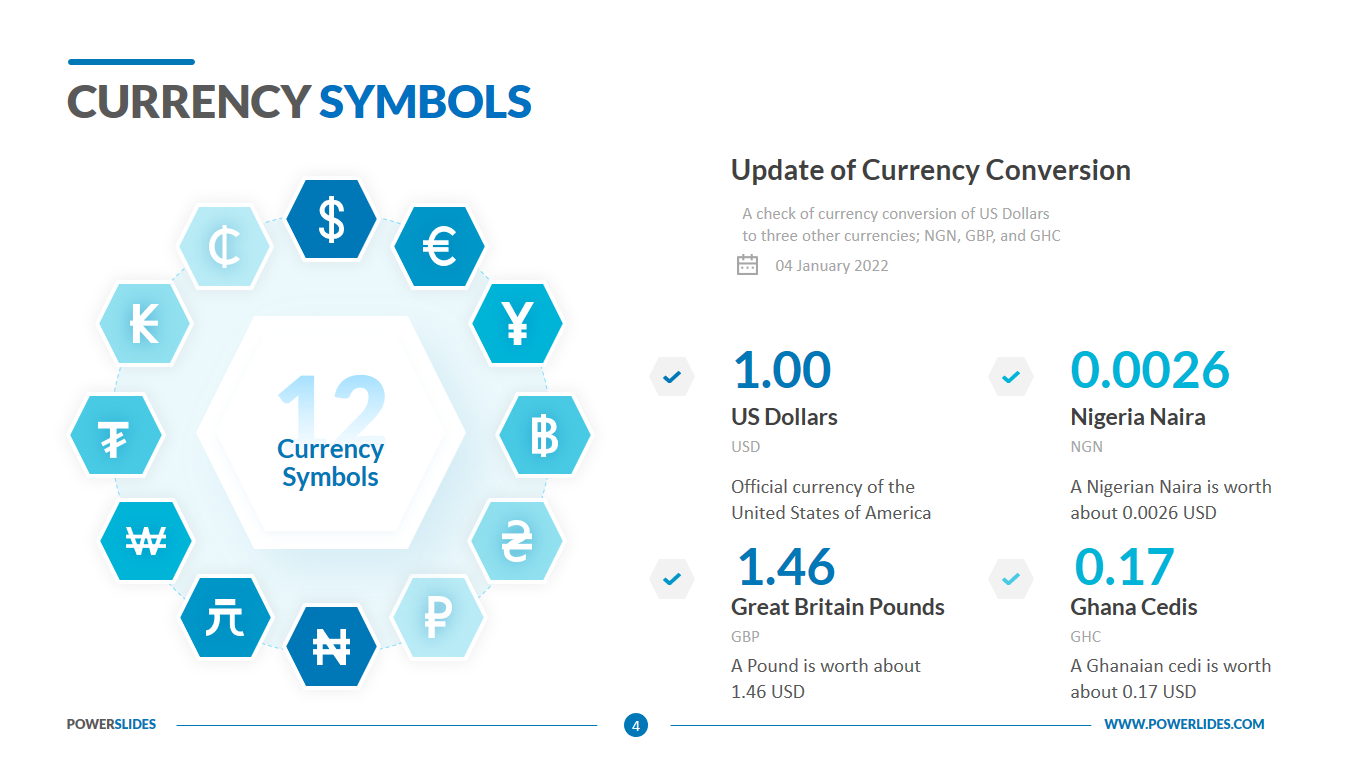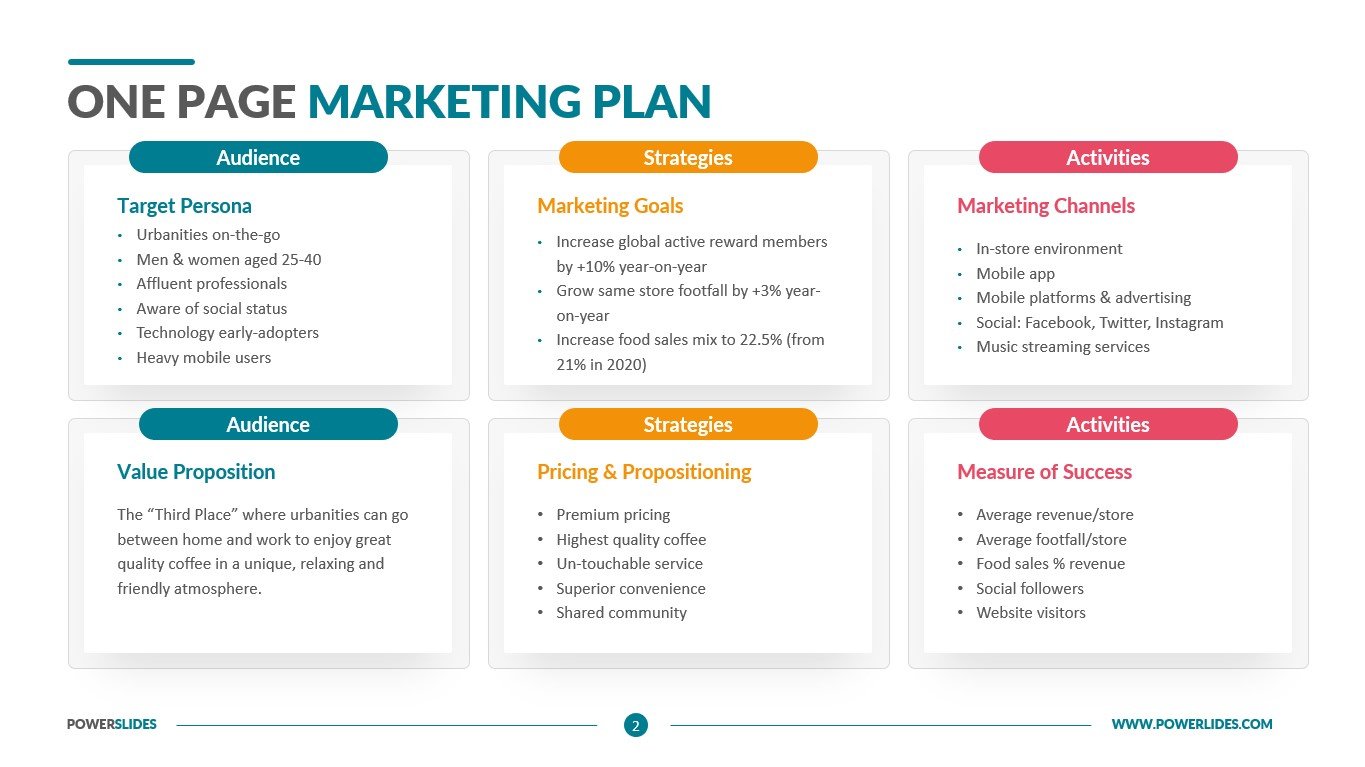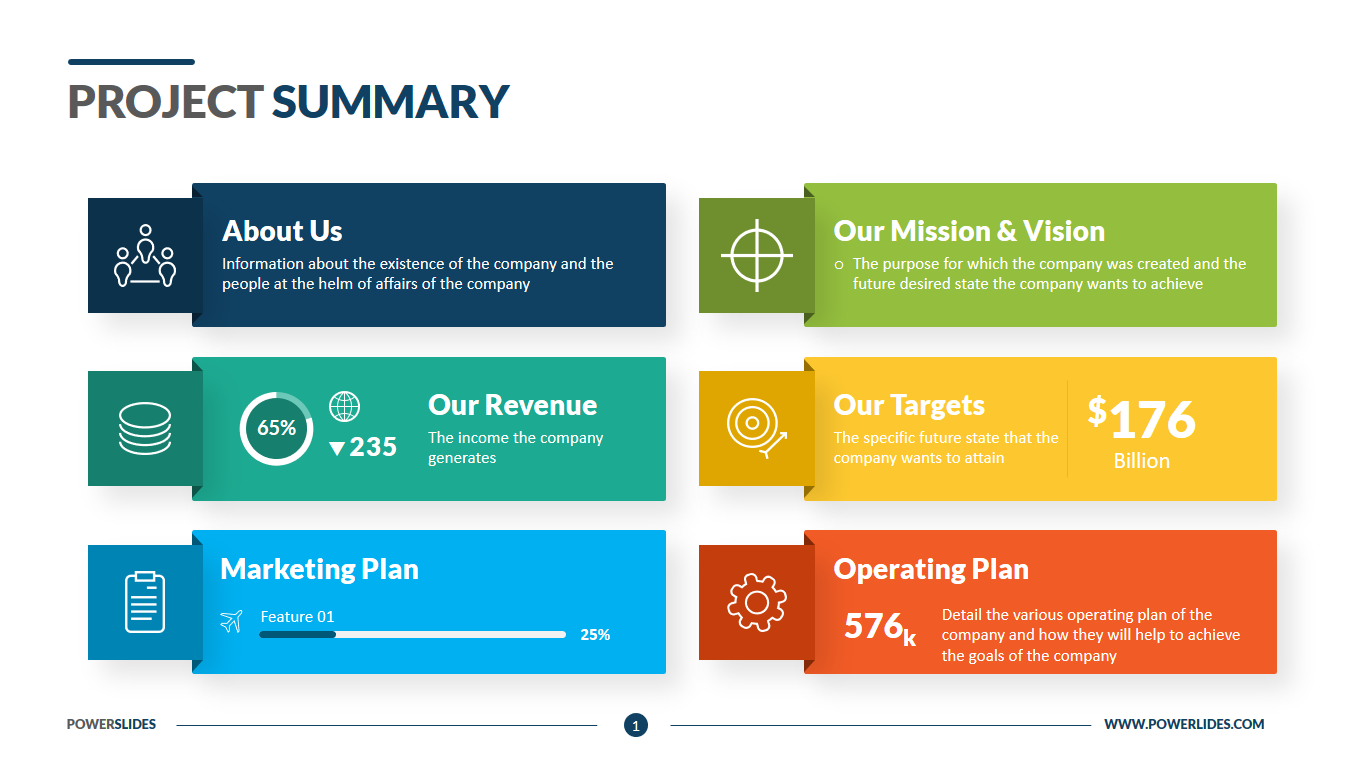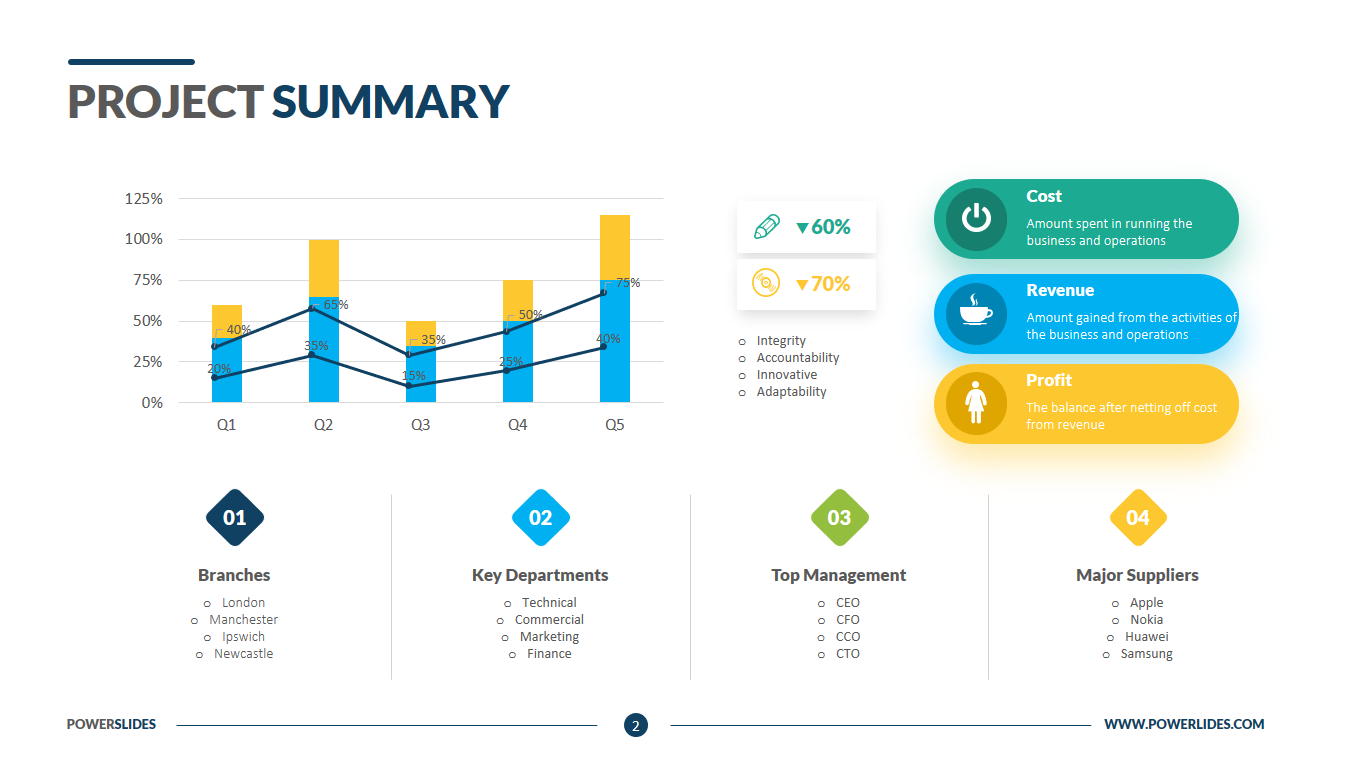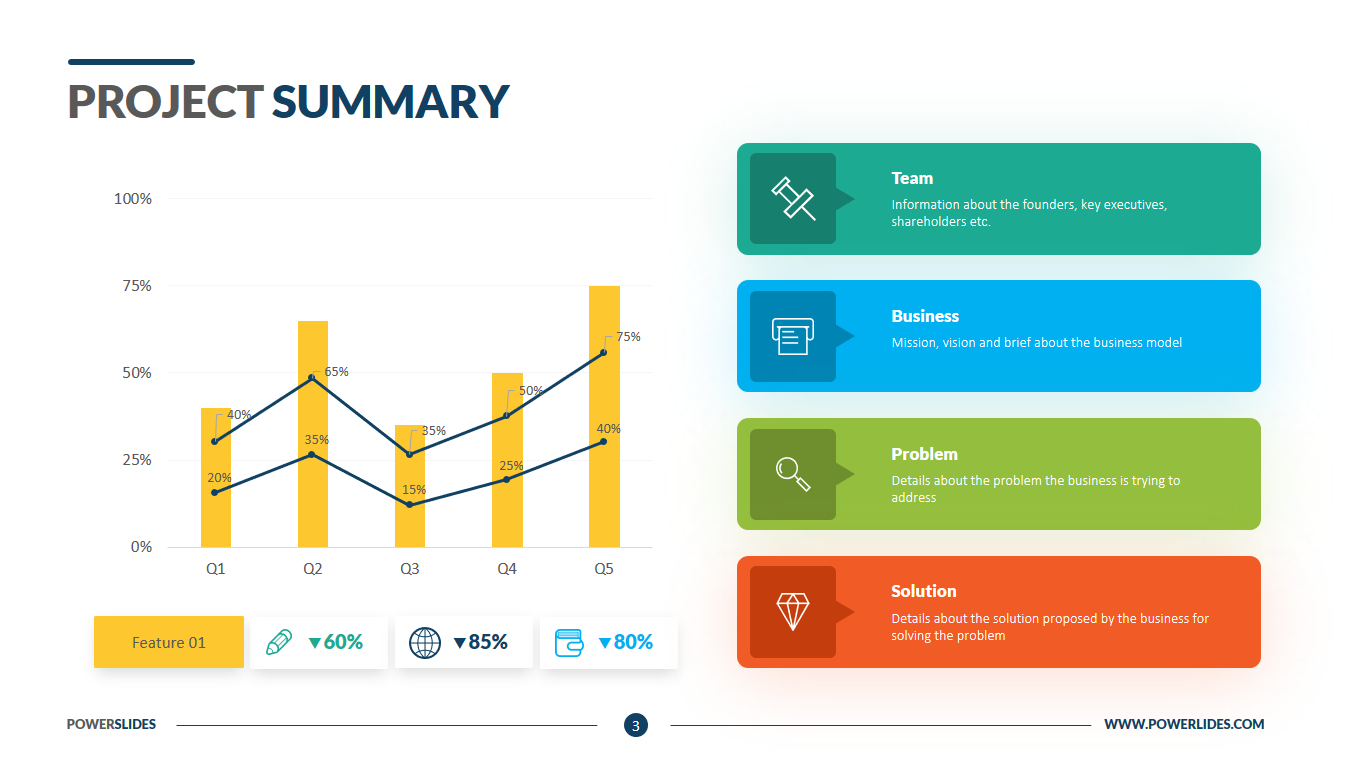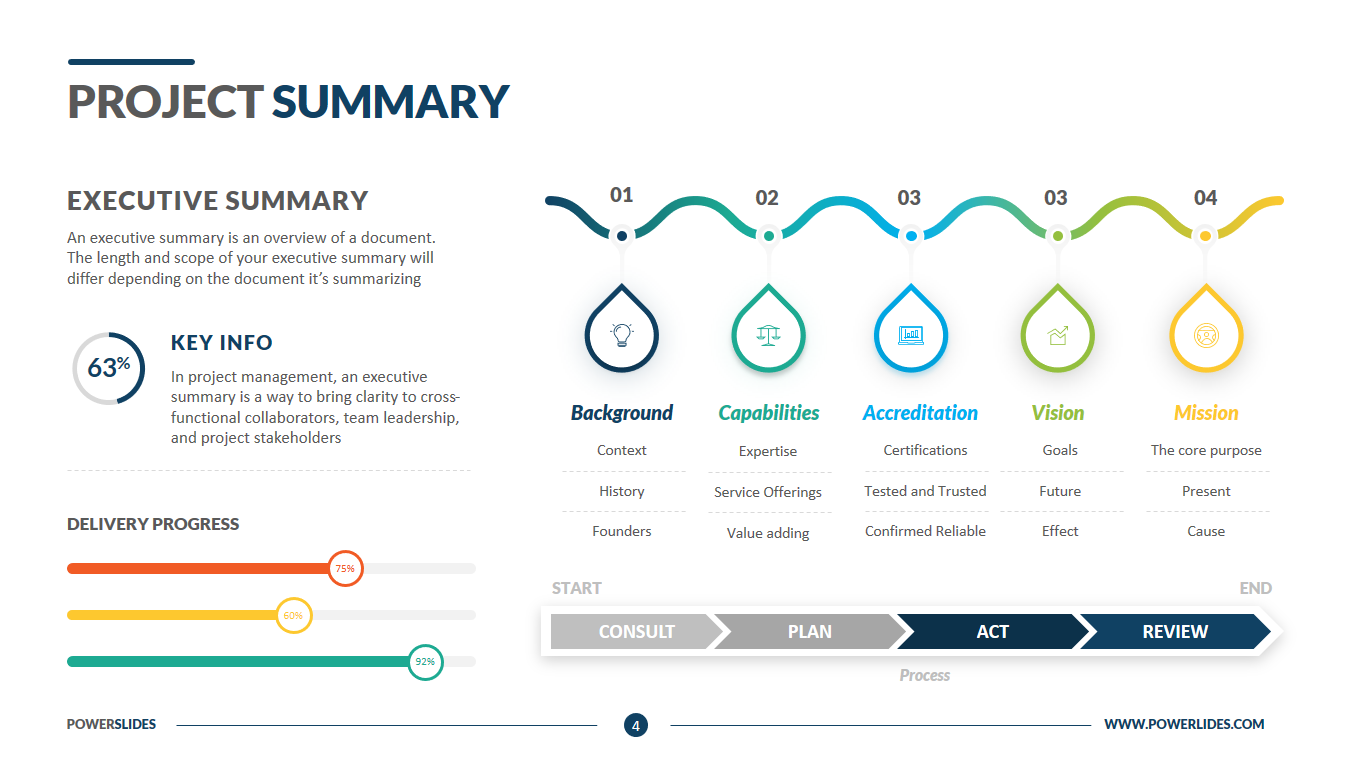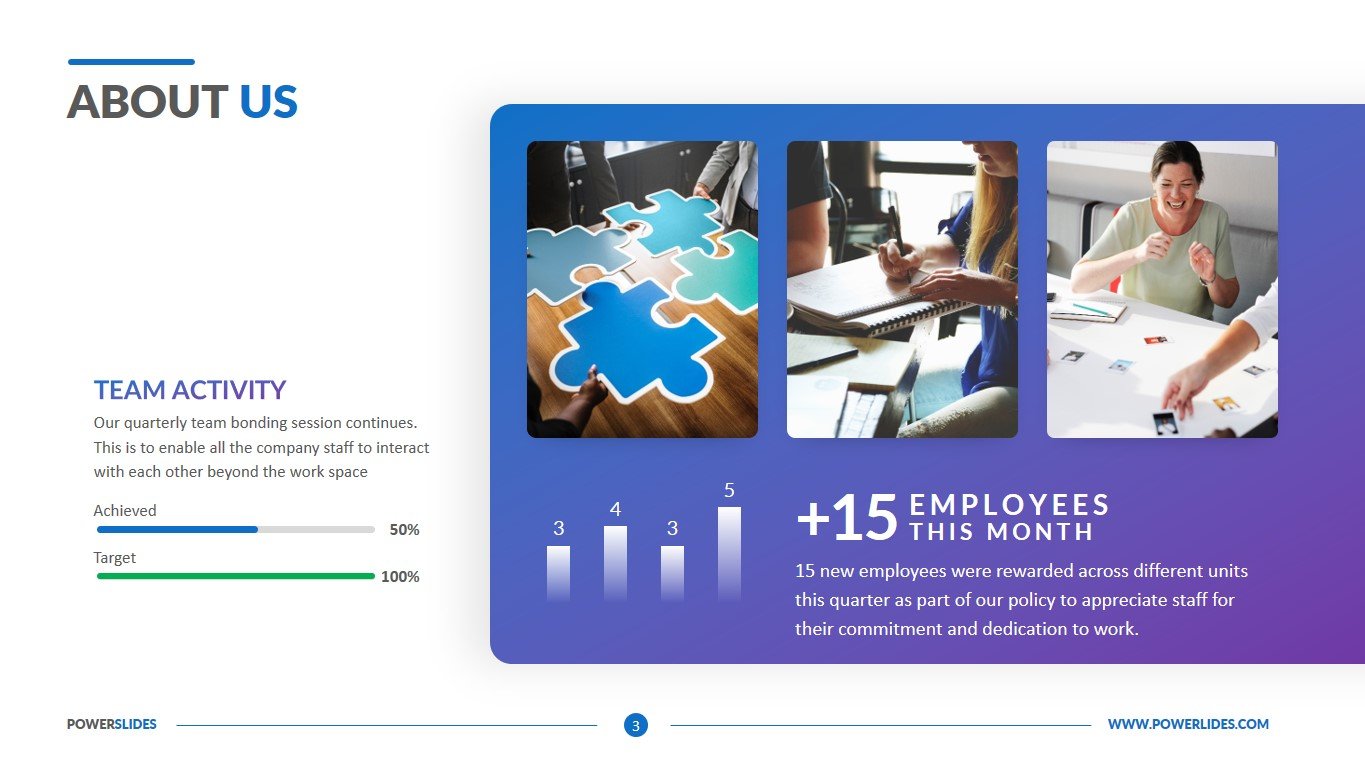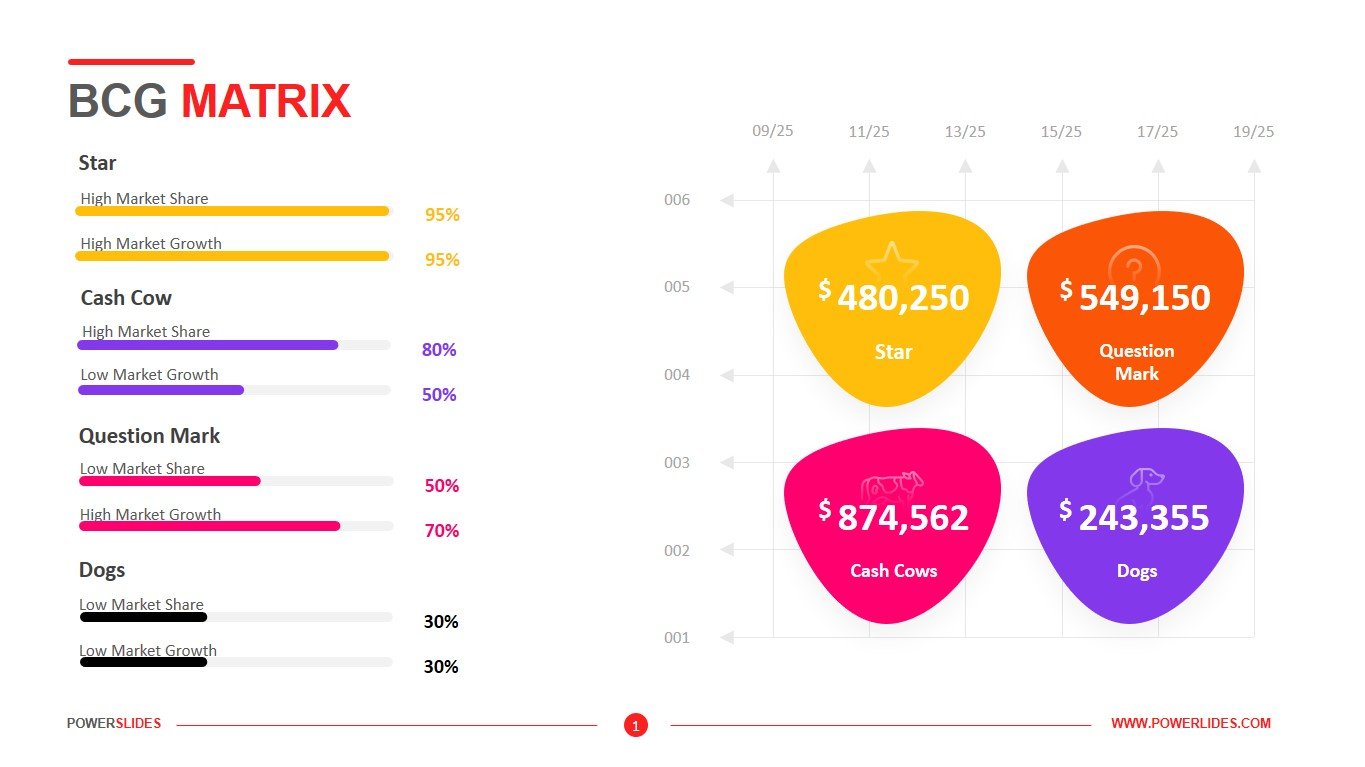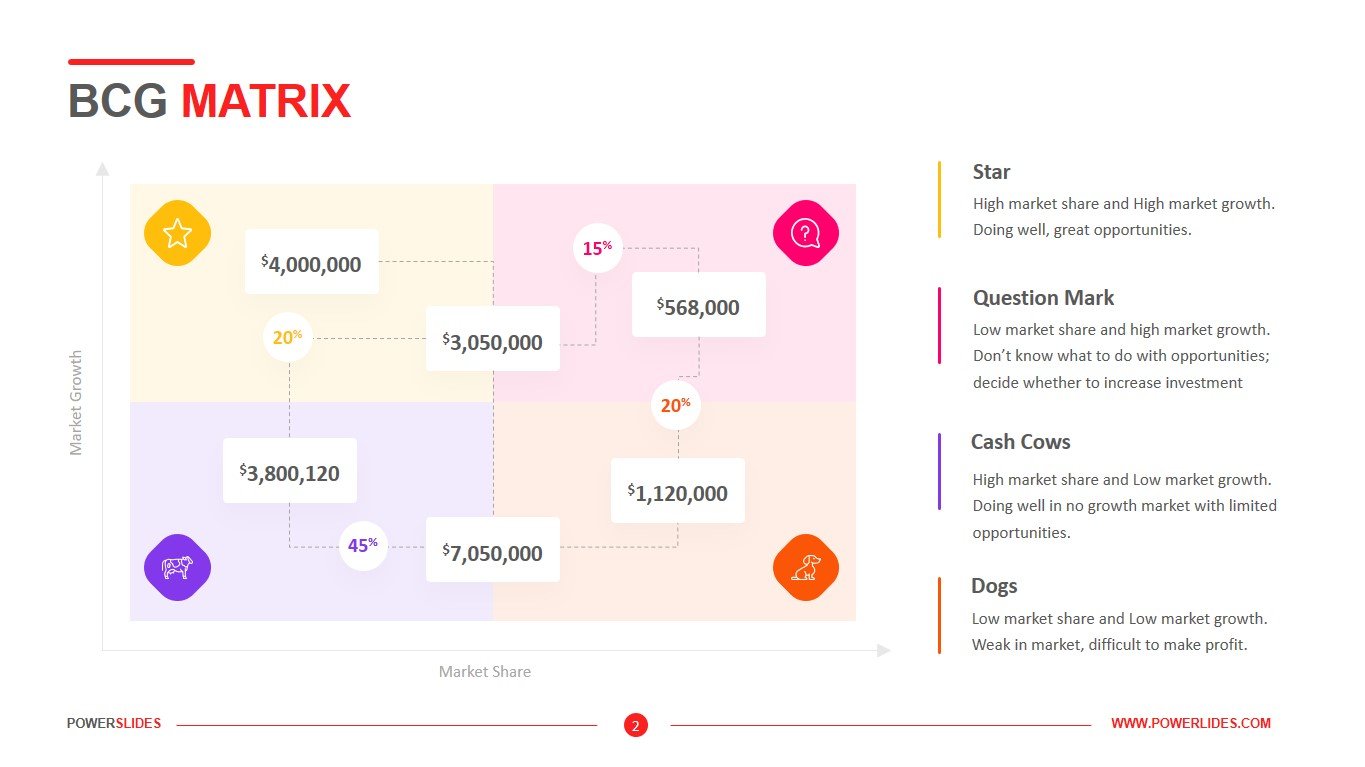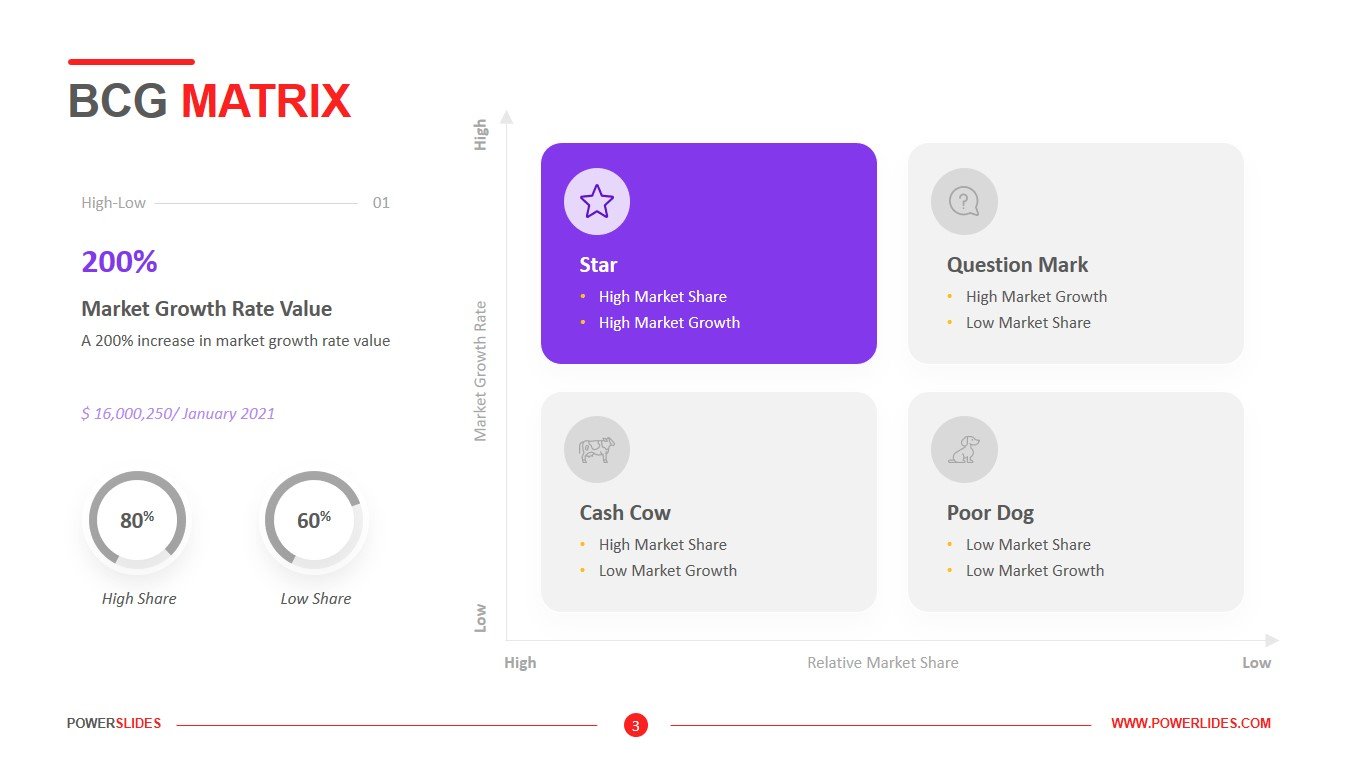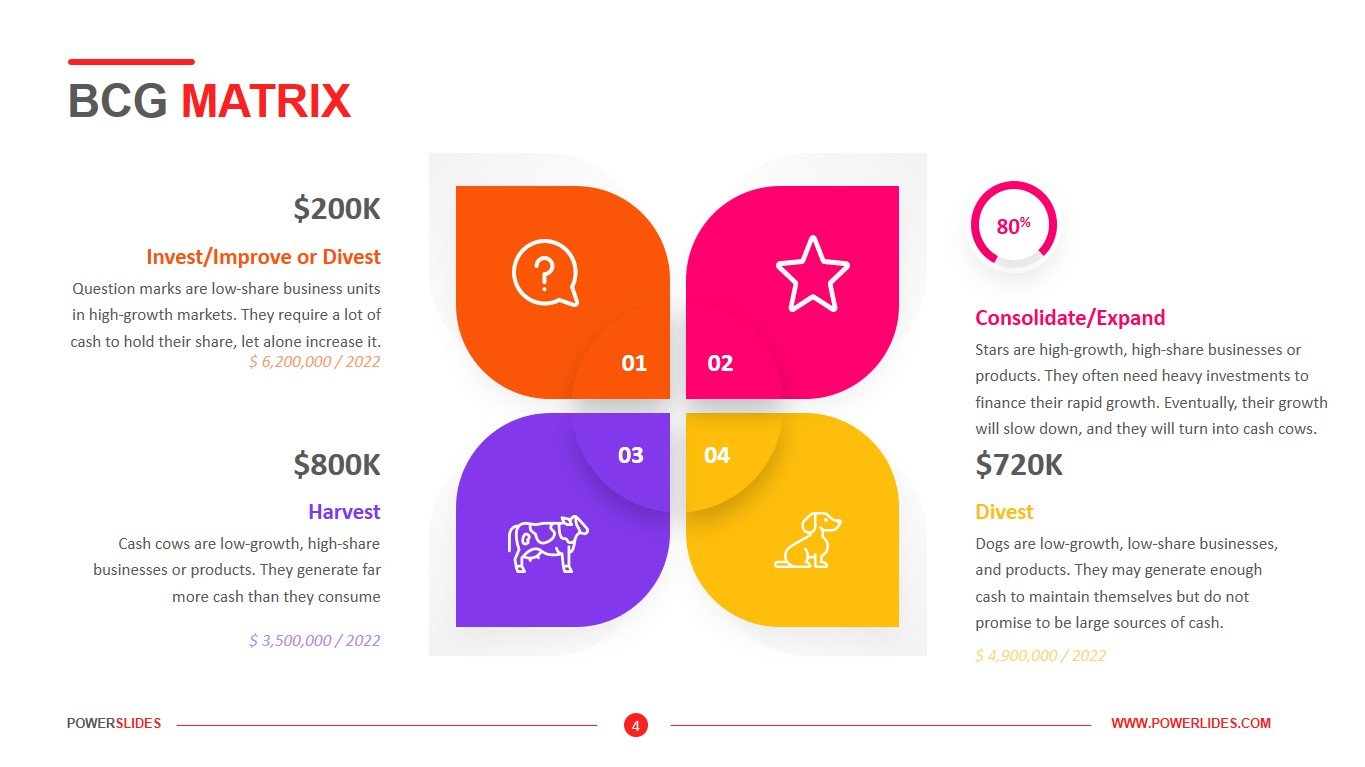Reward Management
Product details
The risk and reward ratio marks the prospective reward an investor can earn for every dollar they risk on an investment. Many investors use risk and reward ratios to compare the expected returns of an investment with the amount of risk they must undertake to earn these returns.
Traders often use this approach to plan which trades to take, and the ratio is calculated by dividing the amount a trader stands to lose if the price of an asset moves in an unexpected direction (the risk) by the amount of profit the trader expects to have made when the position is closed (the reward).
In many cases, market strategists find the ideal risk and reward ratio for their investments to be approximately 1:3, or three units of expected return for every one unit of additional risk. Investors can manage risk and reward more directly through the use of stop-loss orders and derivatives such as put options.
The risk and reward ratio are often used as a measure when trading individual stocks. The optimal risk and reward ratio differ widely among various trading strategies. Some trial-and-error methods are usually required to determine which ratio is best for a given trading strategy, and many investors have a pre-specified risk and reward ratio for their investments.
The risk and reward ratio helps investors manage their risk of losing money on trades. Even if a trader has some profitable trades, they will lose money over time if their win rate is below 50%. The risk and reward ratio measures the difference between a trade entry point to a stop-loss and a sell or take-profit order. Comparing these two provides the ratio of profit to loss, or reward to risk.
Investors often use stop-loss orders when trading individual stocks to help minimize losses and directly manage their investments with a risk and reward focus. A stop-loss order is a trading trigger placed on a stock that automates the selling of the stock from a portfolio if the stock reaches a specified low. Investors can automatically set stop-loss orders through brokerage accounts and typically do not require exorbitant additional trading costs.
This template will be useful for investment companies when preparing information on the profitability of stocks. You can describe in detail what profit it is possible to get when investing and what risks of non-repayment of funds may be.
Also, this template will be useful to economists and financiers when preparing reports on possible financial investments. You can describe in detail the possible profit from additional activities of the company.
Reward Management is a professional and modern template that contains six stylish and fully editable slides. If necessary, you can change all elements of the slide in accordance with your corporate requirements. This template will be useful for financiers, investment companies, startups and economists. Reward Management template will complement your presentations and will be a great addition to your collection of professional presentations.





 5 Slides
5 Slides
 File size: 16:9
File size: 16:9 
 Fonts: Lato Black, Calibri
Fonts: Lato Black, Calibri  Supported version
Supported version 
